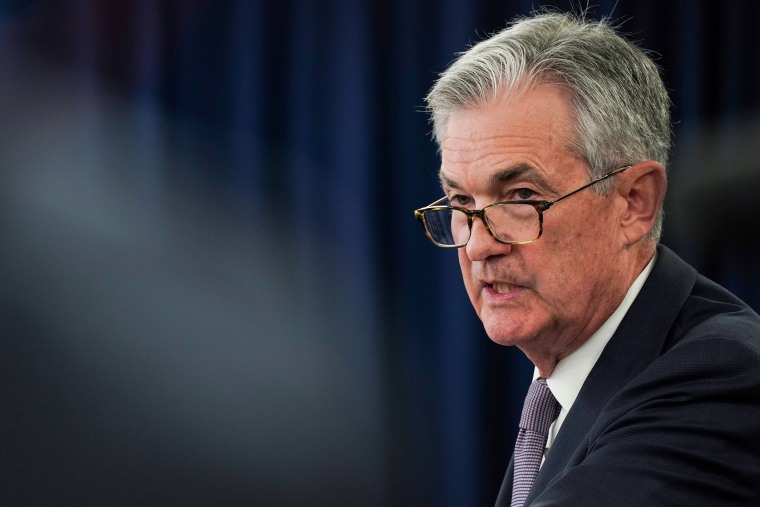Dissent in the ranks of the Federal Reserve's board of governors suggests that although the central bank is widely expected to cut interest rates by another quarter of a percentage point this week, this action could be the final one for a while.
"The market is already pricing in that the Fed will move another 25 basis points, so I don’t think there’s any surprises to be had there,” said Jamie Cox, managing partner for Harris Financial Group.
As of Monday, the CME FedWatch Tool was predicting a 94 percent probability of a quarter-point rate cut at this week’s meeting, with only a 6 percent probability of no change.
Working in the Fed’s favor is the recent easing of China trade tensions, which Cox said has helped tamp down uncertainty on Wall Street. “You get this kind of back and forth and that’s unsettled markets. Once something happens, markets can price it in and live with it,” he said.
Brad McMillan, chief investment officer at Commonwealth Financial Network, said the commentary coming from Fed officials since the last meeting provided a clear preview of this week’s action. In general, the Fed is reluctant to do anything to rock the boat. Any actions that might surprise Wall Street could lead to short-term volatility, which the central bank tries to avoid at all costs.
“I think the market is very clearly expecting a cut this meeting. They’ve had ample opportunity to push back on that but no one has, so I think a cut is baked in,” McMillan said.
Prospects for future rate-cutting activity are considerably murkier, though. Analysts say Fed Chairman Jerome Powell’s verbiage will be closely scrutinized for hints on the Fed’s future policy course.
“The consumer is in solid shape, but retail sales have expanded at an inconsistent pace. That mandates the Fed take a little bit longer view to truly determine where things sit,” said Greg McBride, chief financial analyst at Bankrate.com.
“I do expect that they’ll indicate that they’re hitting the pause button in order to evaluate the effect of the interest rate cuts on the overall health of the economy for the balance of the year,” McBride said.
Goldman Sachs economist Spencer Hill also said this anticipated rate cut, which would be the third in as many consecutive meetings, is likely to be the last one in the near term.
“We expect a slightly hawkish tone, with Powell alluding to a baseline of unchanged policy but emphasizing data-dependence and the ability to respond quickly if the outlook deteriorates,” Hill wrote in a client note.
Wall Street has always parsed the chairman’s words carefully for hints of future policy moves, but the increasingly divided makeup of the Fed board gives more weight than usual to Powell’s choice of descriptors. Today’s Fed board of governors has a very different makeup than it did 10 or even five years ago. While previous boards coalesced around a dovish consensus, today’s voting and non-voting members represent a wider array of economic viewpoints.
There were three dissenting votes against the Fed’s quarter point cut last month, with two arguing in favor of no cut and one pushing for a half-percentage-point decrease. Cox predicted this bifurcation will grow at this month’s meeting.
“I think you’ll probably see at least one or two more,” he said. “The growing consensus among Fed governors is that the Fed needs to be very careful about its stimulus programs. It needs to focus where there are problems.”
“The real thing I think the Fed is wrestling with is confidence. That’s what the Fed is trying to get a handle on,” McMillan said. “I don’t think they want to do anything that would shake that confidence in the markets.”
